Our Services
Discover Casa Dentique in Seawoods, Navi Mumbai: Comprehensive Dental Care including General, Preventive, Restorative, Cosmetic, Surgical, and Emergency Services. We also specialize in Hair Transplants for a complete transformation.
General Services

Regular cleanings and dental exams are crucial for maintaining good oral health. They help remove plaque and tartar buildup, preventing tooth decay and gum disease allowing your dentist to catch any problems early and keep your smile bright and healthy.
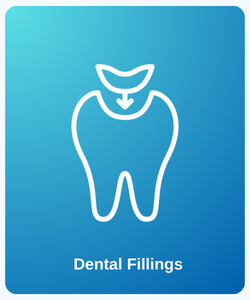
These are commonly used to repair teeth that have been damaged by decay or trauma. During the procedure, the dentist removes the decayed portion of the tooth and fills the space with a material such as composite resin, amalgam, or porcelain. This helps restore the tooth’s function and prevents further decay.
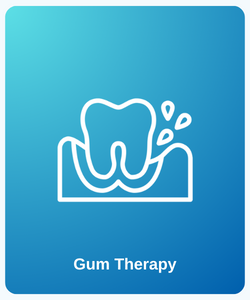
Or periodontal therapy, is a treatment aimed at addressing gum disease and improving gum health. It typically involves deep cleaning procedures such as scaling and root planing to remove plaque, tartar, and bacteria from below the gumline. This helps reduce inflammation and allows the gums to heal. Regular gum therapy is crucial for maintaining healthy gums and preventing complications such as tooth loss.
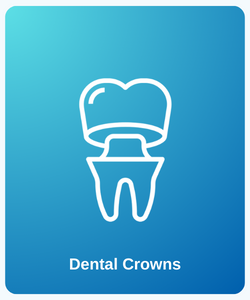
Dental crowns are tooth-shaped caps that are placed over damaged or weakened teeth to restore their shape, size, strength, appearance and function. They are commonly used to protect a tooth that has undergone root canal therapy, restore a broken or worn-down tooth, or cover a tooth with a large filling. Crowns can be made from various materials, including porcelain, metal, or a combination of both.

Removable prosthetic devices used to replace missing teeth and restore oral function and appearance.
Preventative Procedures
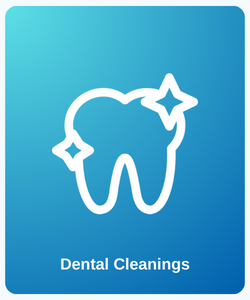
Regular cleanings and dental exams are crucial for maintaining good oral health. They help remove plaque and tartar buildup, preventing tooth decay and gum disease allowing your dentist to catch any problems early and keep your smile bright and healthy.
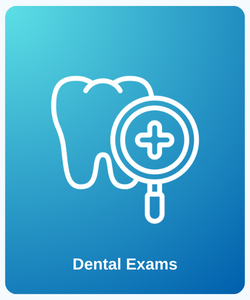
Routine exams allow us to detect any dental issues early on and develop appropriate treatment plans.
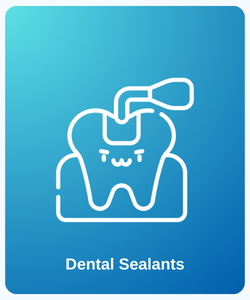
Protective coatings applied to the chewing surfaces of teeth to prevent decay, especially in children.

Application of fluoride to strengthen tooth enamel and prevent cavities.

Regular screenings to detect signs of oral cancer early, when it’s most treatable.

Mouth guard: Mouth guard is a protective device worn over the teeth to prevent injury during sports or to address certain dental issues.
Sports Guard: These are worn during athletic activities to protect the teeth, gums, lips, and tongue from impact injuries. They are especially important in high-contact sports like football, hockey, and boxing.
Night Guard: Also called occlusal guards or bite splints, these are worn while sleeping to prevent teeth grinding (bruxism) or to alleviate symptoms of temporomandibular joint (TMJ) disorders. They help protect the teeth from wear and reduce muscle tension in the jaw.
Dental Guard: These are custom-made guards prescribed by dentists to address specific dental issues, such as preventing damage to dental work like crowns or bridges, or to protect teeth from damage due to conditions like acid reflux.
Restorative Procedures

Used to repair cavities and restore the structure and function of decayed teeth.
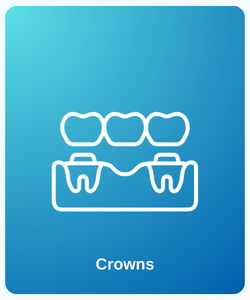
Routine exams allow us to detect any dental issues early on and develop appropriate treatment plans.

Dental prosthetics used to replace one or more missing teeth by anchoring artificial teeth to adjacent natural teeth.
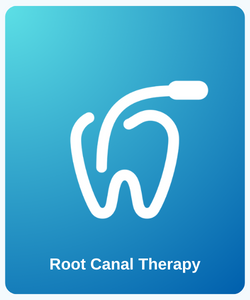

Cosmetic Dental Procedures
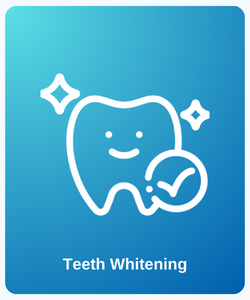
A popular procedure to brighten teeth and remove stains or discoloration, either through in-office treatments or take-home kits.

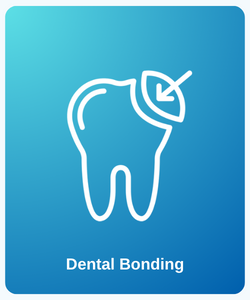
Using tooth-colored composite resin to repair chips, cracks, or gaps, and to improve the shape or color of teeth.
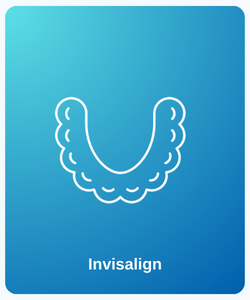

Reshaping or contouring the gum line to improve the appearance of uneven or excessive gum tissue, often in conjunction with other cosmetic procedures.

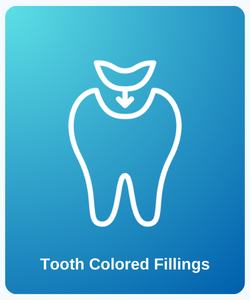
Composite resin fillings that match the color of natural teeth, used to repair cavities while maintaining a seamless appearance.

Comprehensive treatment plans combining multiple cosmetic and restorative procedures to address various dental issues and achieve a harmonious smile makeover.
Surgical Services
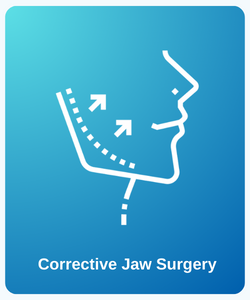
Corrective jaw surgery, also known as orthognathic surgery, is a procedure to correct irregularities of the jawbones and facial skeleton to improve facial balance, function, and aesthetics. Teeth are straightened with orthodontics and jaw surgery repositions a misaligned jaw. Corrective jaw surgery can have transformative effects on both appearance and function, improving facial aesthetics, chewing, speaking, and breathing. It is often recommended for individuals with severe jaw abnormalities that cannot be corrected with orthodontic treatment alone. Collaboration between orthodontists, oral and maxillofacial surgeons, and other specialists is key to ensuring successful outcomes and comprehensive care throughout the treatment process.
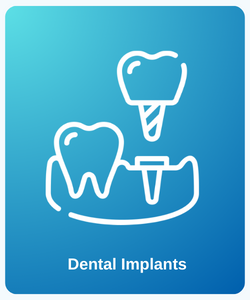
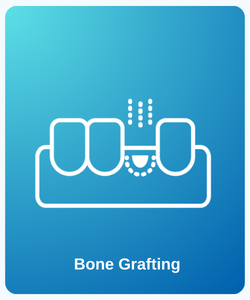
In cases where the jawbone has deteriorated due to tooth loss or other factors, bone grafting may be necessary to create a stable foundation for dental implants. Our surgeons are proficient in various bone grafting techniques, ensuring optimal results and long-term success.
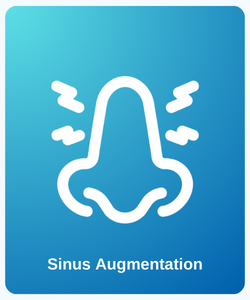
A sinus augmentation/lift procedure may be recommended when the sinuses are too close to the upper jaw, preventing the placement of dental implants. Our experienced surgeons can perform sinus lifts with precision and care, enabling successful implant placement and restoration of function.

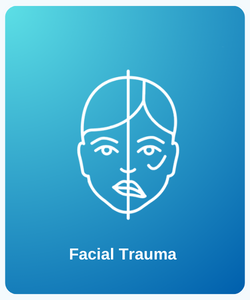

Cyst and tumor surgery in the oral cavity involves the precise removal of abnormal growths or masses that may develop in the jawbones, soft tissues, or glands of the mouth and surrounding areas. Early detection and intervention are critical for optimal outcomes, so it’s important to seek prompt evaluation and treatment if you notice any unusual growths or symptoms in the oral cavity.

In order to ensure patient comfort, safety, and pain management during surgical procedures.
Pre-operative Evaluation, Pain Management, Intra operative, Post-operative Care
Overall, anesthesia services are integral to the delivery of safe and effective surgical care, and anesthesiologists work closely with surgeons, nurses, to ensure optimal outcomes for patients undergoing surgical procedures at the hospital.

In order to ensure patient comfort, safety, and pain management during surgical procedures.
Pre-operative Evaluation, Pain Management, Intra operative, Post-operative Care
Overall, anesthesia services are integral to the delivery of safe and effective surgical care, and anesthesiologists work closely with surgeons, nurses, to ensure optimal outcomes for patients undergoing surgical procedures at the hospital.

TMJ therapy also known as temporomandibular joint therapy or TMJ treatment, involves a range of techniques and interventions to address issues with the temporomandibular joint (TMJ) and associated muscles. TMJ disorders can cause symptoms such as jaw pain, clicking or popping noises, difficulty chewing, headaches, and facial pain.
Conservative Treatments:
– Pain management: Techniques such as applying heat or ice packs, over-the-counter pain medications, and muscle relaxants may help alleviate discomfort.
– Lifestyle modifications: Avoiding chewing gum, eating soft foods, practicing relaxation techniques, and maintaining good posture can help reduce TMJ symptoms.
– Physical therapy: Exercises to strengthen jaw muscles, improve jaw mobility, and correct posture can be beneficial.
– Splints or mouth guards: Custom-made oral appliances can help realign the jaw and relieve pressure on the TMJ, especially for individuals who grind their teeth (bruxism) or clench their jaw.
Dental Interventions:
– Bite adjustments: Adjusting the bite to improve alignment and reduce stress on the TMJ.
– Dental restorations: Repairing or replacing damaged teeth to restore proper occlusion and alleviate TMJ symptoms.
– Orthodontic treatment: Correcting misaligned teeth or bite issues that contribute to TMJ dysfunction.
Medical Treatments:
– Injections: Corticosteroid injections or botulinum toxin (Botox) injections may be used to reduce inflammation and muscle tension in the jaw.
– Medications: Prescription medications such as muscle relaxants, anti-inflammatories, or antidepressants may be prescribed to manage TMJ symptoms.
Surgical Options:
– In severe cases where conservative treatments are ineffective, surgical interventions such as arthroscopy or open joint surgery may be considered to repair or replace the TMJ.
The appropriate TMJ therapy depends on the underlying cause and severity of the condition, and treatment plans are often individualized based on the patient’s symptoms and needs. Consulting with a dentist or TMJ specialist is essential for accurate diagnosis and personalized treatment recommendations.
Cosmetic Services

Botox and filler services are popular cosmetic treatments aimed at rejuvenating the face without surgery.
- *Botox (Botulinum Toxin):* Botox is a purified form of the botulinum toxin that temporarily relaxes muscles when injected into specific areas of the face. By targeting muscles responsible for wrinkles, such as frown lines and crow’s feet, Botox smoothens out these lines, giving the face a more youthful appearance. The effects typically last for a few months before gradually wearing off, requiring maintenance treatments for sustained results.
- *Fillers (Hyaluronic Acid Fillers, Collagen Stimulators, etc.):* Fillers, on the other hand, work by adding volume to areas of the face that have lost fullness due to aging or other factors. They are commonly used to plump up lips, restore volume to cheeks, and fill in lines and wrinkles. Fillers can be made from various substances, including hyaluronic acid, which attracts and retains moisture, and collagen stimulators, which encourage the body’s production of collagen for longer-lasting results. The effects of fillers can last anywhere from several months to over a year, depending on the type of filler used.
We have skilled and experienced professionals who are trained in administering these treatments safely and effectively. Additionally, we provide personalized consultations to understand each client’s goals and concerns, essential for delivering satisfactory results tailored to their individual needs.

This is a cosmetic procedure designed to address hair loss or thinning by relocating hair follicles from areas of the scalp with healthy hair growth (donor site) to areas experiencing hair loss or thinning (recipient site).
- *Evaluation and Consultation:* The process typically begins with an evaluation and consultation. During this consultation, we assesses the patient’s hair loss pattern, donor hair availability, scalp condition, and overall health to determine if they are a suitable candidate for the procedure. We also discuss the patient’s goals, expectations, and the potential outcomes of the treatment.
2. *Types of Hair Transplant Techniques:*
– *Follicular Unit Transplantation (FUT):* Also known as the strip method, FUT involves surgically removing a strip of skin from the donor area, usually the back or sides of the scalp, and then dissecting it into individual follicular units under a microscope. These follicular units are then transplanted into the recipient site.
– *Follicular Unit Extraction (FUE):* FUE involves harvesting individual hair follicles directly from the donor area using a small punch tool. The follicles are then transplanted into the recipient site. FUE does not require the removal of a strip of skin and typically results in less scarring and a quicker recovery time compared to FUT.
3. *Procedure:* Hair transplant procedures are usually performed under local anesthesia on an outpatient basis. The surgeon and surgical team meticulously harvests and prepares the donor follicles before implanting them into tiny incisions made in the recipient site. The angle, direction, and density of the transplanted hair are carefully considered to achieve natural-looking results.
4. *Recovery:* After the procedure, patients may experience some swelling, bruising, and discomfort in both the donor and recipient areas. Post-operative care instructions, including proper wound care and restrictions on activities that may disrupt the healing process, are provided to ensure a smooth recovery. Hair shedding is common within the first few weeks following the procedure, but new hair growth typically begins within a few months.
5. *Results:* While the final results of a hair transplant may take a minimum of 3-4 months to become fully apparent, patients can expect to see a gradual improvement in hair density and coverage over time. With proper care and maintenance, the transplanted hair should continue to grow naturally and blend in seamlessly with the existing hair.
Hair transplant services can provide a long-lasting solution for individuals struggling with hair loss or thinning, helping them regain confidence in their appearance and improve their overall quality of life.
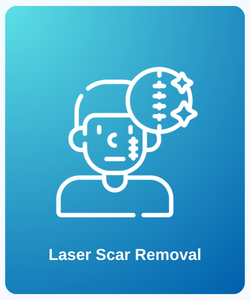
Laser scar removal : A cosmetic procedure aimed at reducing the appearance of scars using laser technology.
Laser scar removal can effectively target various types of scars, including acne scars, surgical scars, traumatic scars, and keloid scars. Different types of lasers may be used depending on the characteristics of the scar and the desired outcomes.
Fractional laser therapy works by delivering laser energy in microscopic beams to create tiny, controlled injuries in the skin, stimulating the body’s natural healing response and promoting collagen production. This helps improve the texture, tone, and overall appearance of the scarred area.
Pulse Dyed Laser (PDL) targets the blood vessels in the scar tissue, reducing redness and inflammation associated with certain types of scars, such as hypertrophic scars and keloids.
CO2 laser resurfacing is often used for deeper scars, such as severe acne scars or surgical scars. It works by removing thin layers of skin to smooth out the surface and stimulate collagen remodeling.
After the procedure, patients may experience redness, swelling, and mild discomfort in the treated area, which usually subside within a few days to a week. Post-treatment care instructions, including proper wound care and sun protection, are provided to optimize healing and minimize the risk of complications.
Laser scar removal services can provide significant improvements in the appearance of scars, helping patients feel more confident in their skin.
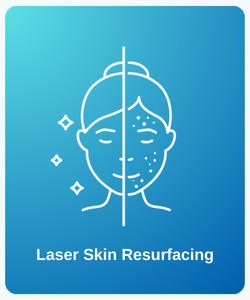
CO2 laser skin resurfacing is a cosmetic procedure that uses a carbon dioxide (CO2) laser to improve the appearance of the skin by targeting various skin concerns, including wrinkles, fine lines, scars, uneven texture, and pigmentation issues.
CO2 laser skin resurfacing services can provide significant improvements in skin texture, tone, and overall appearance, helping patients achieve a more youthful and rejuvenated look.

